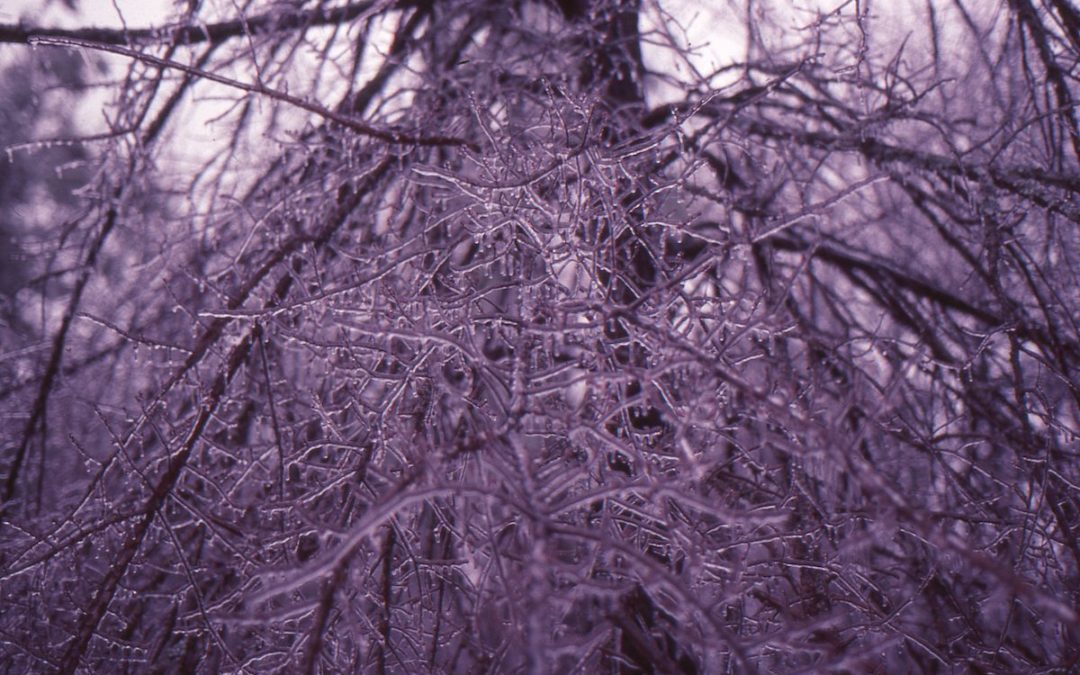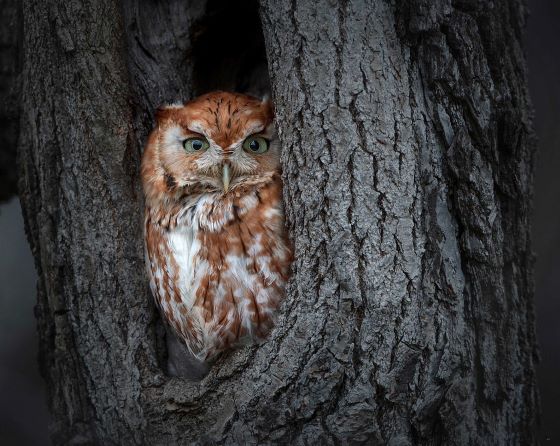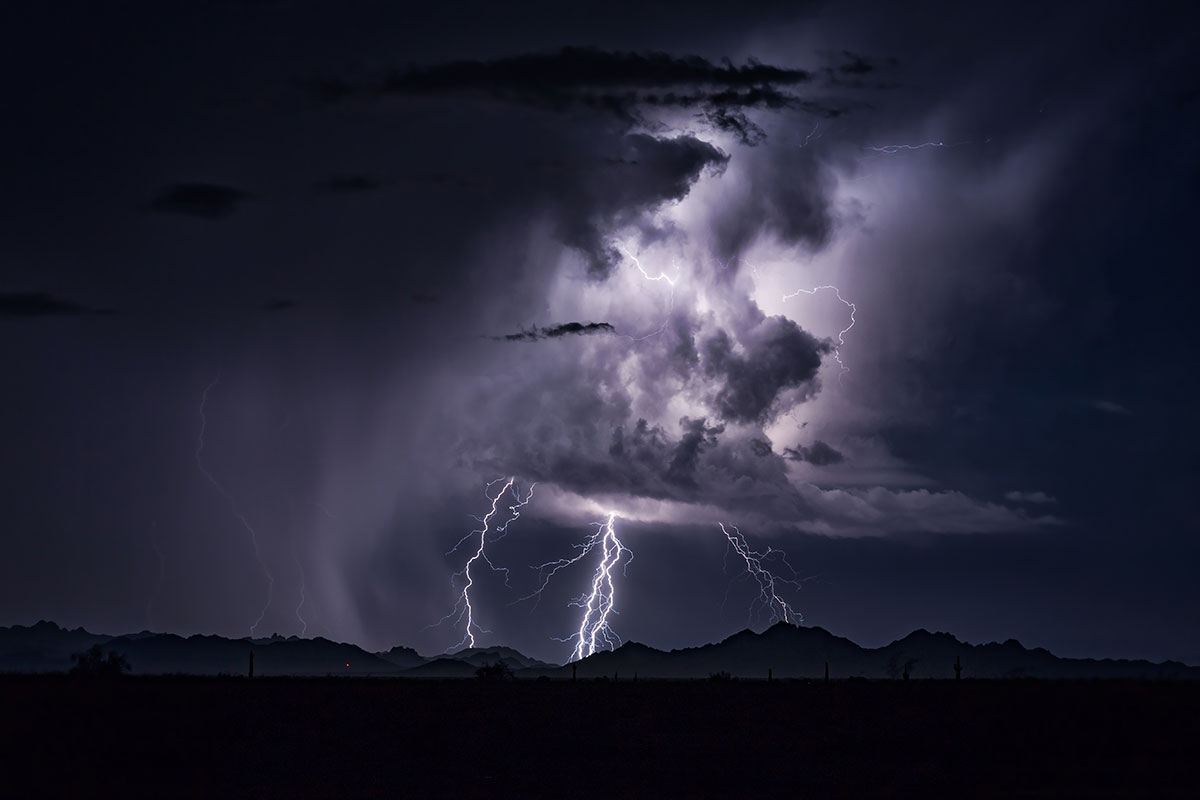Old timers in the mountains where he lived, as well as across the country, recognized the vagaries of spring weather and had highly descriptive terms connected with them. The ones with which I am most familiar and have heard most often throughout my life all were linked to winter—Catbird Winter (sometimes referred to as Catbird Squall), Dogwood Winter and Blackberry Winter.
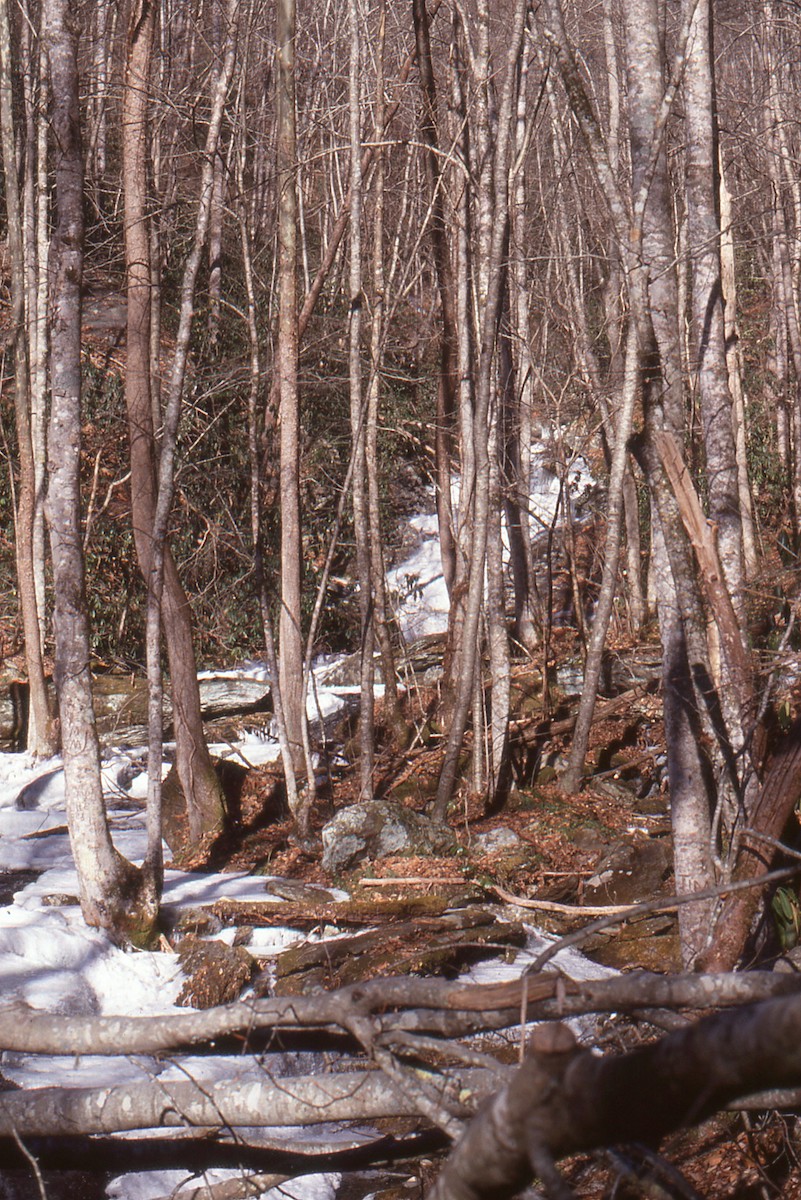
Bitter cold leaves a small trout stream, Ledbetter Creek, seemingly frozen over.
Such terms come from the first-rate observational skills of those who went before us. Weather figured far more prominently in life in yesteryear than it does today, thanks to the dramatically different lifestyles of our forebears. They lived in close harmony with the land and depended on it for existence. Ability to read signs, recognize weather patterns and move in rhythm with the good earth was vital to their existence.
All the types of winter mentioned above actually refer to cold spells after greening-up time is well under way. According to Grandpa Joe, who had a real knack for predicting the weather by reading signs, observing cloud patterns and watching animal behavior, Catbird Squall coincided with the first springtime appearance of the fussy, interesting and highly vocal gray bird. Whenever Grandpa sighted the first one he would comment: “Look for a cold snap in the next week or so, because now that catbirds are here we’re in for a spell of Catbird Winter.”
In truth, Catbird Winter always seemed to me to come more or less simultaneously with Dogwood Winter, since the avian migrants arrived about the time dogwoods were in full flower. Grandpa, however, would have none of that, insisting that there were two distinct cold snaps. Whatever the case, predictably, year after year, there would be some chilly weather, often accompanied by frost, when dogwood blooms were at their peak.
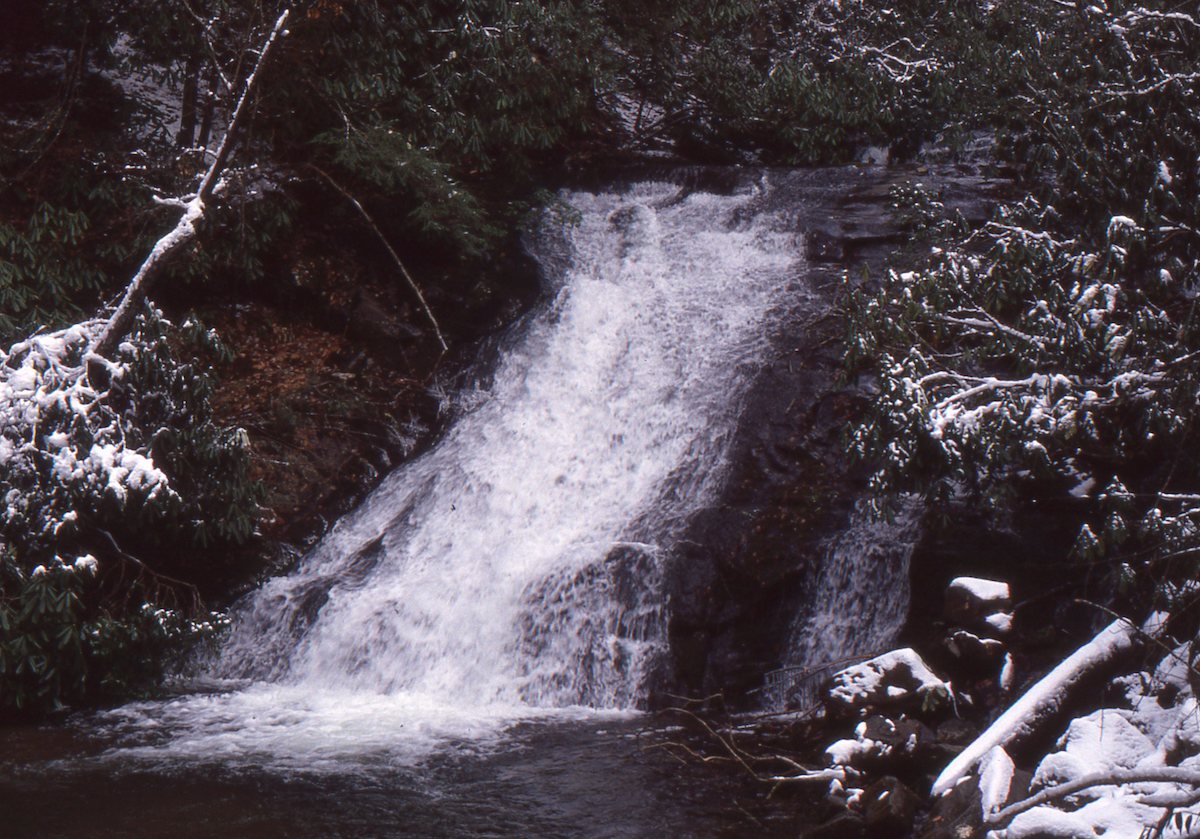
A skiff of snow adorns the landscape around Indian Creek Falls in the author’s native Smokies.
Blackberry Winter is the most frequently mentioned of the three springtime periods of cold as well as being the latest. Often it seems that winter has its final fling, a last chilly goodbye before the full magic of true spring spreads its warm, soothing blanket over the land. It comes when blackberries reach the stage where their blooms begin to show white. Once blackberries had bloomed in association with two or three days of cold, Grandpa always felt comfortable in setting out tomatoes and other plants susceptible to frost. “I’ve known it to frost once or twice in my life after Blackberry Winter,” he would say, “but a body can feel pretty comfortable putting out tender stuff once that cold snap has come and gone.”
There’s even an old song with the words “Go away, go away Blackberry Winter” in the chorus. Of course I have always thought the line should be “Blow away, blow away Blackberry Winter,” because invariably strong winds that typically accompany a strong cold front are associated with that final chilly spell of spring.
There are additional colloquial terms for periods of unseasonable cold in the spring, including Locust Winter and Redbud Winter. All seem peculiar to the South and particularly to the Appalachians, but other sections of the country have delightful descriptions as well. Perhaps my favorite, one I’ve heard several times over the years while turkey hunting in Missouri or Iowa, is “Long Handles Winter.” That’s a term folks there use to suggest that once that particular cold spell has passed, it is time to put the trusty old union suit away until it is once more needed in late fall.
Like so many other aspects of traditional culture, these special aspects of spring seem increasingly to belong to a world we have lost. As we become more urbanized, more dependent on hyped-up television meteorologists than personal observations for our weather predictions, and do far less gardening and farming, our sense of connection with earth’s seasonal rhythms lessens. Maybe that’s why Grandpa Joe, who never drove a car and who viewed any and all things modern with skepticism, was often given to comments such as, “I don’t hold much with this here progress folks are always talking about.”
Grandpa Joe was a great one for heeding what he simply styled “signs.” He faithfully adhered to the signs for all his planting and harvesting and was sufficiently superstitious to see all sorts of ominous portents anytime something unusual happened.
He reckoned blue jays were minions of Satan, saying that when these fussy, aggressive birds raised a ruckus they were speaking on behalf of or reporting to the Devil. Always a bit paranoid and closely attuned to things he considered evil, Grandpa suggested that when it rained while the sun was shining witches were dancing and cavorting. He wouldn’t have any part of drinking a coke, and once justified that approach by putting a small piece of streaked meat in a coffee cup and then pouring Coca-Cola over it. A half hour later we went back to check his “speriment.” The fat portion of the meat had literally vanished. “A man would be a fool to drink anything which eats away streaked meat,” he commented. For a young boy it was difficult to argue with that logic.
Mountain folks I knew as a youngster harbored countless behavioral quirks related to superstitions and signs, but nothing garnered closer attention or was considered of greater importance than “reading the signs” as they related to weather. I won’t suggest the signs were infallible when it came to making judgments about what the future held in store weather-wise, but those who followed them had trained and learned through long experience and close observation.
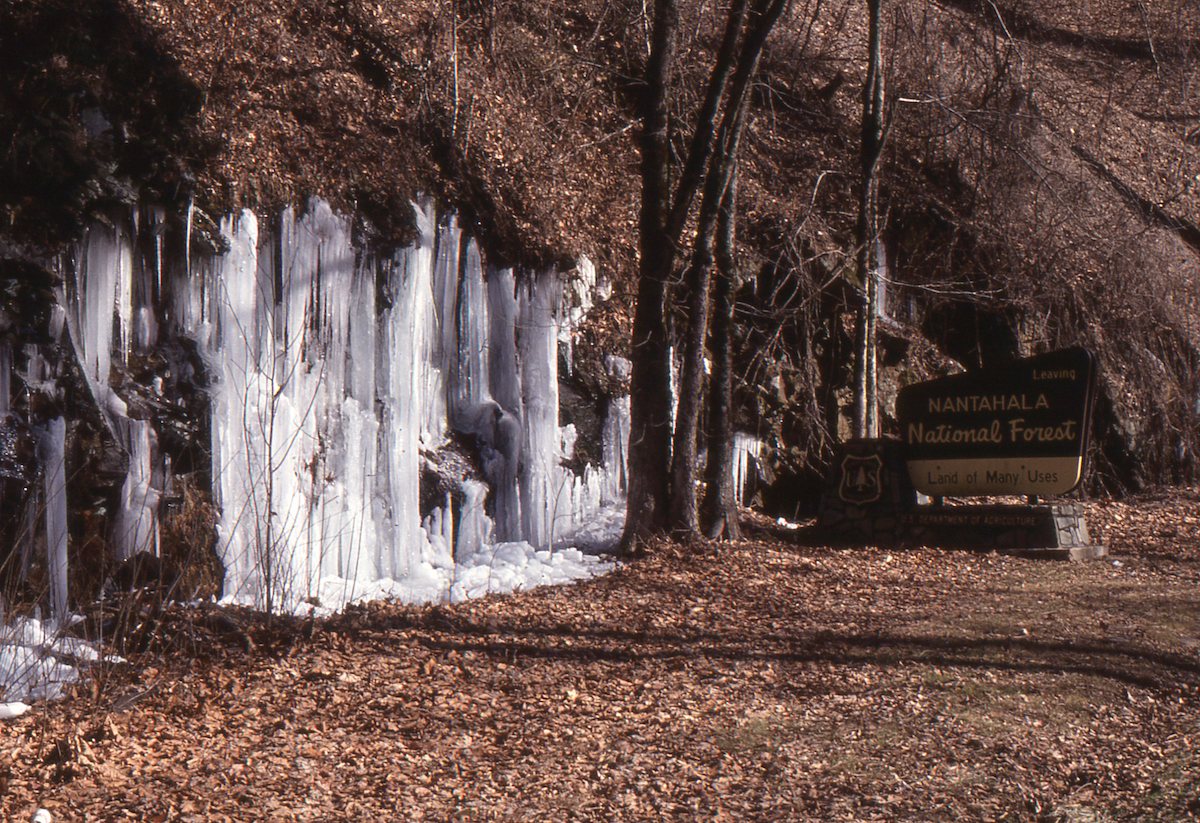
A spell of bitter cold in the writer’s native heath brings an impressive formation of ice.
After all, ability to read and heed signs was of vital importance when it came to matters as varied as when to put crops in the ground, split fence rails, go hunting, make a fishing trip or work up fire wood, not to mention having a firm grasp on winter needs such as adequate hay for the family milk cow or sufficient wood and kindling for fires through the months of cold. In certain situations, such knowledge could literally be a matter of life and death.
Because of the potential dangers they posed, cold and snow formed dominant themes in traditional weather lore. Old-timers would look heavenward at layered rows of grey, scudding clouds on a bitter day and refer to them as snow clouds. Several times during my boyhood I was out rabbit hunting when a bluebird sky in early morning rapidly yielded to such clouds. Whenever that happened, one of the older members of the party would, make a comment to the effect that:
Clouding up when there’s frost and sparkling sun;
Means rough weather before the day is done.
Another common bit of doggerel associated with this type of weather was the couplet:
Mackerel skies and mare’s tails;
Make wise seamen set short sails.
An even more reliable sign of snow and bitter weather came with animal behavior. Somehow animals, both domestic and wild, have an innate sense of sudden, dramatic changes in the weather. On the same rabbit hunts that produced the above-mentioned weather pronouncements from senior members of the party, something occurred in the middle of the day that was highly unusual. Well into the hunt and long after cottontails had ceased the nocturnal feeding, which is standard for them during winter, our pack of beagles would strike a hot trail; one that left no doubt that a rabbit had recently passed that way.
That was strange behavior for cottontails, since during winter they normally hold close to their “beds” or “hides” until dusk. Grandpa and Daddy both had an explanation: “They know snow is on the way.” Sure enough, on every occasion when that happened, it was pouring snow by late afternoon.
Countless other examples of forecasting snow or bitter cold, whether in a short, specific time frame or for an entire winter, come to mind. One old, oft-used couplet suggested:
Snow lingering on the ground;
It’s waiting for more to come around.
A cross-legged snow, one that saw wind-tossed flakes falling in different directions and crossing each other in the sky, foretold another snow in the next day or two. Similarly, listening to an open fire was considered a fine way of forecasting winter weather. When logs made a swishing noise resembling the sounds produced by walking through soft snow, it augured frozen precipitation in the near future.
A flock of chickens also could do a first-rate job of forecasting. In the same kind of situations that saw rabbits moving at an unusual time, chickens would go to roost far before dusk. Sun dogs, a curious luminescence around the sun, were also deemed an indicator of coming hard weather.
More than anything else though, at least in my personal experience, rhyming couplets were used by old-timers for purposes of prediction (and no doubt because the little pieces of doggerel made retention of the common sense weather wisdom they contained easy). Here’s a solid sampling of such couplets, and I suspect that some will be familiar to most readers. Similarly, depending on where you live and the nature of your background and exposure to traditional ways, there’s every likelihood others will come readily to mind. Since we are presently nearing the end of winter, never mind premature hints of spring in some areas, let’s focus on that season. Perhaps, a few months down the road, we can turn to harbingers of other times of the year.
When caterpillars’ coats are mostly black,
Winter won’t cut you any slack.
Caterpillars get a lot of attention, but in my experience there are other, more reliable indexes to what winter holds. Grandpa Joe swore by the thickness of corn shucks and I’ve found that to be a consistently accurate gauge.
Shucks on corn extra thick;
Look for cold winter coming quick.
The same holds true for onions.
Onion skins very thin, mild winter coming in.
Onion skins thick and tough, coming winter cold and rough.
Similarly, if squirrels seem inordinately busy in their nut-gathering and nut-burying activities, or if they build noticeably larger nests than normal, expect bitter weather and lots of it. Bears denning earlier than their standard practice inexorably led to a similar conclusion.
Bears early to den,
Look for lots of chill winter wind.
Snow drew considerable attention, and in rural areas you still hear snow described as “poor man’s fertilizer” along with suggestions that “April snow is as good as cow manure” and the belief that “much snow means much hay.” A traditional couplet connected with snow and what it meant for the coming farm year maintained that:
When there’s lots of snow,
A fruitful crop will often grow.
There were numerous observations linking the status of frost to coming snow (or fair weather):
When the ground and grass is dry at morning light,
Expect snow before the night.
Alternatively, any time there was a really big frost, one I’ve heard delightfully described as “heavy enough to track a rabbit,” the day looked more promising:
When heavy frost is on the grass,
Snow seldom comes to pass.
***********************************
The higher the clouds, the finer the weather;
No clouds at all, that’s even better.
*********************************
Clear, cold moon;
Frost coming soon.
**********************************
When an old man’s joints ache;
Cold, rainy weather is at stake.
***********************************
Birds active and flying low,
Beware of a coming snow.
**********************************
When clouds hang heavy on the hills,
Expect coming rain and chills.
**********************************
A ring circling round the moon,
Means rain or snow coming soon.
*********************************
When the moon carries a halo,
It’s a sure sign of coming snow.
*********************************
When dimmer stars disappear,
Rain or snow is quite near.
**********************************
When clouds move against the wind,
Rain or snow is around the bend.
**********************************
When it is hard to kindle a fire,
That’s a sign of weather dire.
******************************
A winter filled with sounds of thunder,
Sends a message of summer hunger.
*********************************
When hornets build their nest’s extra high;
Look for snow nearing your thigh.
Our ancestors, of necessity, paid careful, ongoing attention to the world of nature in which they lived and that in turn gave them life. Today, thanks to generations of worship at the altar of that often false god known as progress, we have lost much of our linkage with the natural world. That’s something saddening, but somehow thoughts on observations of weather folklore as practiced by our forefathers is gladdening.
This is a considerably revised and shortened version of a chapter from a forthcoming book, A Smokies Boyhood and Beyond: Mountain Musings, Memories, and More, from Jim Casada, the long-time Editor-at-Large and Books Columnist for Sporting Classics. To learn more about the book and his other writings, or to sign up to receive his free monthly e-newsletter, visit his website at www.jimcasadaoutdoors.com or contact him via e-mail at jimcasada@comporium.net.

In celebration of the 75th anniversary of the nation’s most popular park, this 448-page book features separate chapters with maps and photos on every major stream in the park. Buy Now

